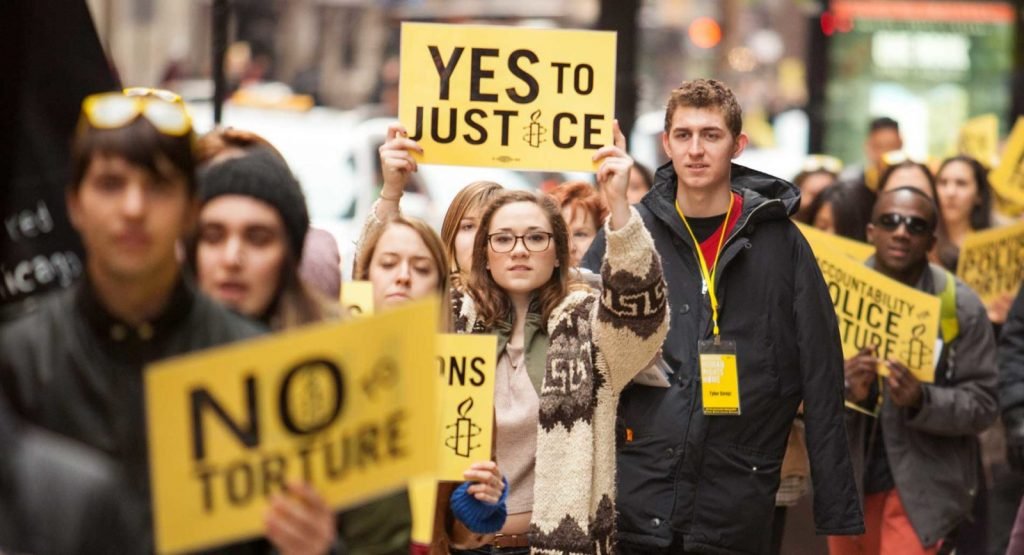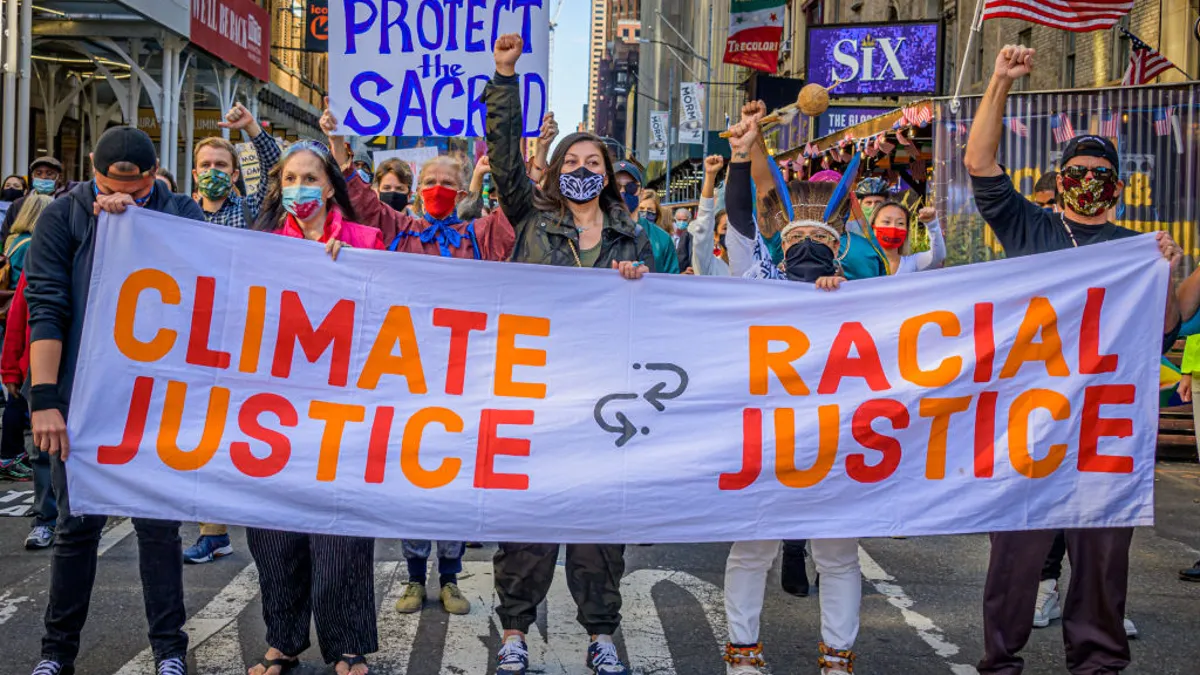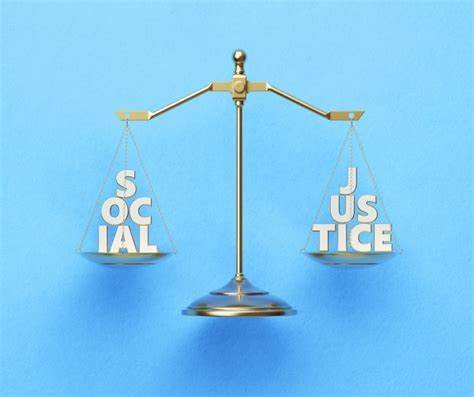Artists have long been at the forefront of societal change, using their work to challenge the status quo and promote social justice. Whether through visual art, music, literature, or performance, artists have the power to influence public opinion, raise awareness of injustices, and inspire collective action. This article explores the ways in which artists contribute to advancing social justice movements and creating a more equitable world.
The Power of Art in Social Justice
Art is not just a reflection of society—it can also shape society. Through various forms, artists have the unique ability to:
- Raise Awareness: Art brings attention to critical issues that may be overlooked or ignored.
- Encourage Dialogue: Artists spark conversations about race, inequality, and human rights, creating space for difficult yet necessary discussions.
- Mobilize Action: Powerful works of art can motivate individuals and communities to take action, whether through protests, campaigns, or voting.
Key Ways Artists Contribute to Social Justice
1. Highlighting Injustice Through Visual Art
Visual art, including painting, photography, and sculpture, has been instrumental in documenting and confronting social injustices. Examples include:
- Protest Art: Street art and murals that express solidarity with movements like Black Lives Matter or environmental justice.
- Historical Art: Paintings and photos that capture the struggles of marginalized communities, giving voice to the voiceless.
2. Music as a Catalyst for Change
Music has long been a tool for political and social commentary. From protest songs to anthems of empowerment, musicians play an integral role in advocating for justice.
- Songs of Resistance: Music can inspire activism, as seen in the civil rights movement with artists like Nina Simone and Sam Cooke.
- Creating Community: Concerts, festivals, and benefit performances can unite people for causes, raising both funds and awareness.
3. Literature and Storytelling
Writers and poets challenge social injustices by telling the stories of those affected.
- Narrative Power: Novels, short stories, and essays shed light on systemic inequality and give voice to the marginalized. Works like To Kill a Mockingbird and The Hate U Give provoke thought and action on racial and social issues.
- Poetry and Spoken Word: Poetry offers a raw, emotional connection to issues like police brutality, poverty, and gender inequality.
4. Theater and Performance Art
Theater has long been a platform for exploring and critiquing social norms and injustices. Performance artists use the stage to challenge audiences to think critically about their role in perpetuating inequality.
- Theater of Protest: Plays such as The Vagina Monologues and Angels in America tackle topics such as women’s rights, LGBTQ+ rights, and the AIDS epidemic.
- Public Performances: Flash mobs, street theater, and interactive art invite audiences to participate in social change through creative expression.
Artists as Activists: The Intersection of Art and Advocacy
Many artists consider their work to be part of their advocacy for social justice. By using their platforms, artists:
- Speak Truth to Power: They use their fame or recognition to amplify underrepresented voices and call out corruption, inequality, and exploitation.
- Raise Funds and Resources: Many artists host charity events, donate proceeds from their work, or partner with organizations to fund social justice initiatives.
- Engage with the Public: Public art installations or performances make art accessible, directly engaging communities in discussions about social justice.

Challenges Faced by Artists in Social Justice Movements
While artists have a powerful role in social justice, they often face significant challenges:
- Censorship and Repression: Governments or corporations may censor or suppress politically charged art that challenges the status quo.
- Commercialization of Art: The commodification of art can dilute its message, turning a piece of activism into a product for consumption.
- Personal Risk: In certain contexts, creating art that challenges social norms can put artists in danger, particularly in oppressive regimes or politically volatile environments.
The Future of Art in Social Justice
As the world continues to grapple with issues like climate change, racial inequality, and global migration, artists will continue to be essential in pushing for change. The rise of digital media and online platforms offers new ways for artists to spread their messages and connect with global audiences.
- Digital Art and Activism: Social media has transformed the way art is shared and consumed, allowing artists to reach larger audiences and inspire action in real-time.
- Collaborative Art Movements: Artists are increasingly working together with activists, community leaders, and policymakers to create collective works of art that are both meaningful and impactful.
Conclusion
Artists play a vital role in advancing social justice by sparking conversation, challenging societal norms, and motivating action. Through their work, they can expose the injustices faced by marginalized communities and encourage others to join in the fight for equality. By using their craft to advocate for change, artists remind us of the power of creativity in shaping a more just and equitable world.




